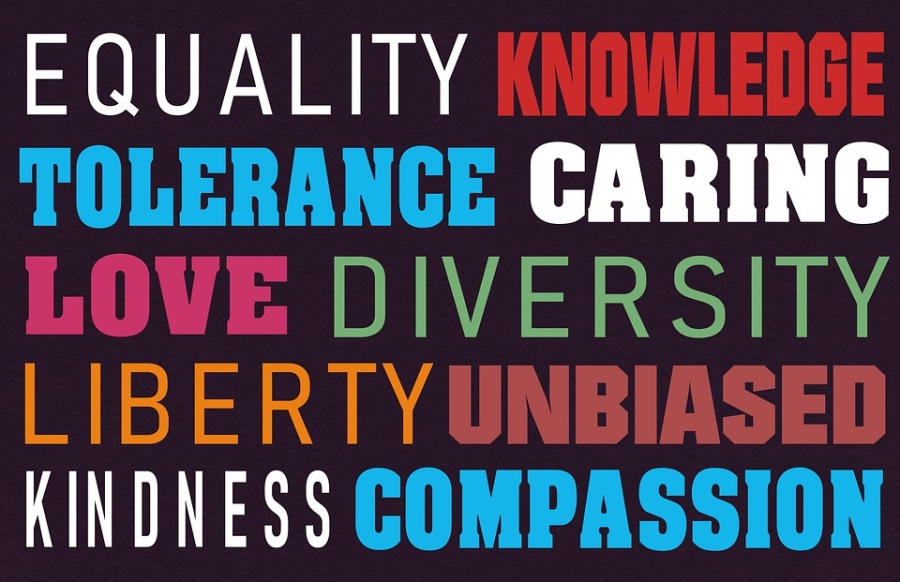The COVID-19 Pandemic doesn’t need any explanation, for those who survived this disaster, which hit humanity approximately 5 years back. The scenes of widespread death, overwhelmed health facilities, helpless governments & hapless people, still linger on the collective consciousness of the vast majority of the population.
COVID-19 Pandemic was an epic tragedy that caused suffering in the form of millions of deaths & billions of Dollars in financial loss, that none of us will forget soon. However, has human society learned any Lessons from the COVID-19 pandemic, that brought our entire species, to its knees? The answer to that may differ slightly from what one would expect, at a superficial glance.
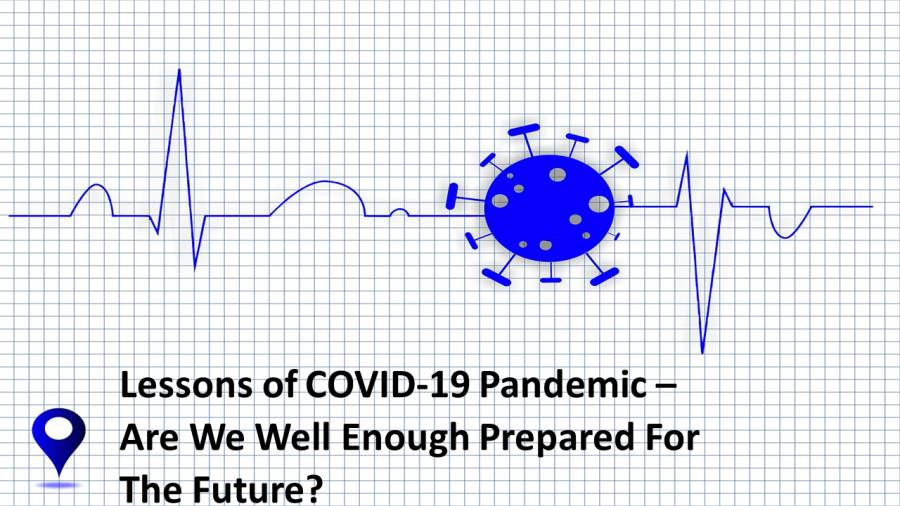
The media – both the printed ones & the one on cyberspace is full of literature on the many lessons from the COVID-19 pandemic, that we have learned. Though optimism is good for the human spirit, a deeper look at the ground realities will reveal a different picture. 5 years after the onset of the Pandemic, having a satisfied outlook regarding lessons learned from the COVID-19 Pandemic would just mean that we are ignoring the broader picture. This we can see for ourselves when we go through some of the issues mentioned below.
There is still no definite, 100% confirmed theory as to how the disease started. What we know is that the Coronavirus disease started in Wuhan, China in 2019 and later spread across the globe. Now the majority of people believe that the virus may have accidentally leaked from the Wuhan Institute of Virology; though some others believe that the outbreak may have been natural or zoonotic in nature, with Huanan Seafood Wholesale Market playing a role in the matter. Unfortunately, definite information on the subject is still lacking.
However, both the accidental leakage of microorganisms from the laboratory or the natural zoonotic spillover of the pathologic organism aren’t exactly unheard of and have happened also previously before the COVID-19 Pandemic. However, they have not always led to better safety standards, as failure to contain the Coronavirus spread from Wuhan has proved.
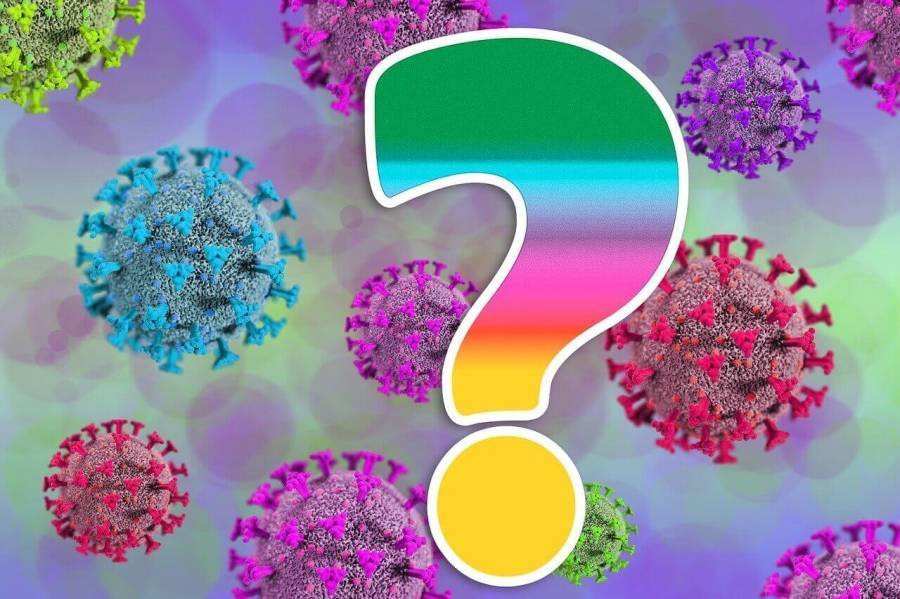
While Zoonotic diseases can always happen not just in the wild or even in unmonitored city habitats, what is more alarming is that other accidental laboratory biosecurity incidents have also happened since the beginning of COVID-19. In November 2021, a Laboratory leak of the COVID-19 virus was reported from a high biosecurity facility in Taiwan. Despite strict biosafety measures, an employee was infected with Polio in a scientific institution in the Netherlands in 2022. Besides these known incidents, there may have been other laboratory accidents too, which may have gone unreported.
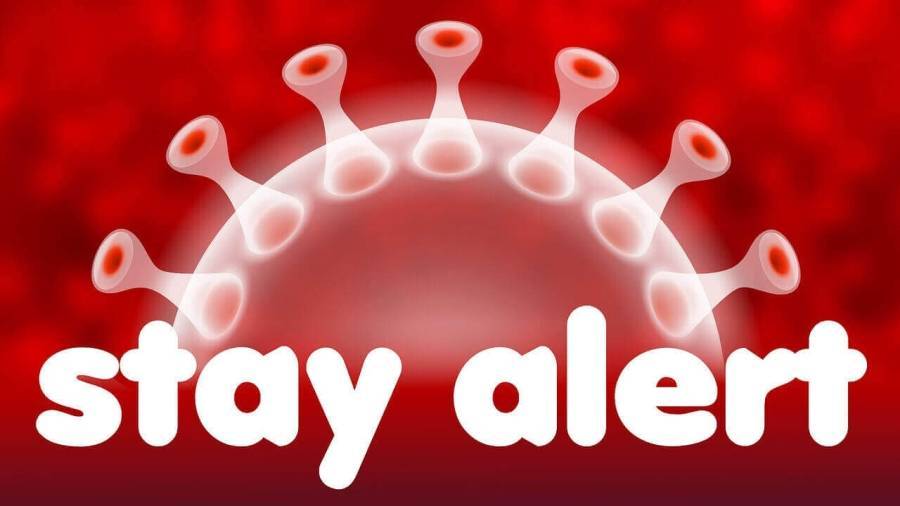
The lack of reporting requirements in many countries may lead to significant underreporting of incidents. The insufficient information thereby creates a serious challenge due to inadequate assessment and tracking of the threat, which leads to the next step of the ensuing chaos – the spread into human society. And we all know, what happens when that occurs.
Global Interconnectedness
History has clearly shown that diseases or the pathogens causing them, do not respect national or political boundaries. A long time ago, the deadly Bubonic Plague spread from China to Europe, via trade routes. The Influenza Pandemic of 1918 was also related to the movement of the armed forces during the First World War. The damage caused by that Pandemic was devastating. History is filled with many similar examples & in the case of COVID-19, Globalization just accelerated this spread.
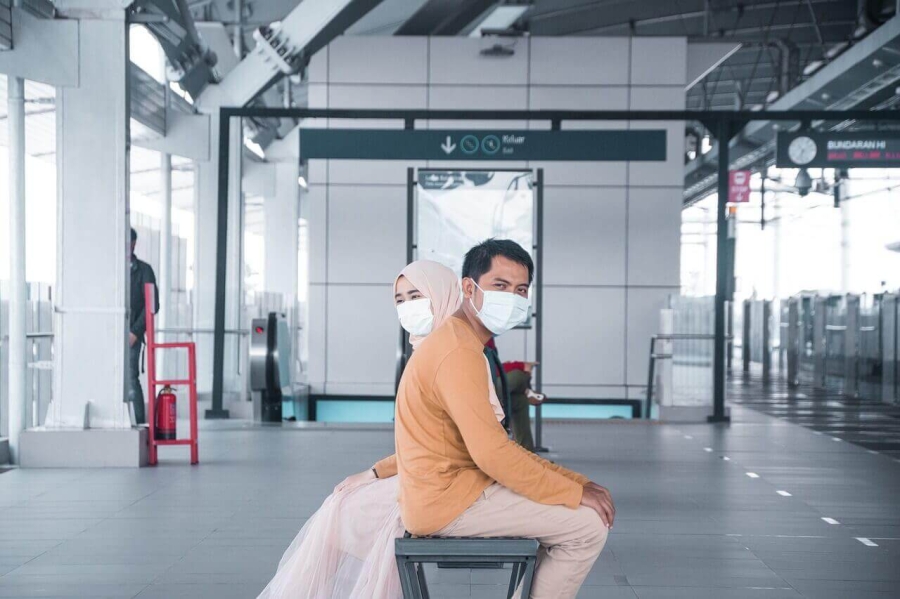
The frightened international community panicked and brought in radical lockdown measures, on an unprecedented scale, something our generation had never seen before. It certainly worked to some extent & saved precious lives, but the unknown disease caused by the novel Coronavirus couldn’t be contained completely.

COVID-19, which started towards the end of 2019, in Wuhan, China was soon identified as a threat by the World Health Organization (WHO), which declared it a pandemic on March 11, 2020. Despite the precautions, by October 21, 2020, there were over 41 million confirmed cases of the disease worldwide, and around 1.13 million people had died.
And despite worldwide vaccination, it is not that the COVID-19 threat has disappeared. As per WHO reported statistics of December 2023, worldwide approximately 1.2 million cases of COVID-19 were reported and 9,575 deaths occurred. Due to a dramatic reduction in testing, the real number of cases may be still much more. Viewed this way, COVID-19 is still a danger that can’t be overlooked.
The Global Family – Divided by Interest but United by Conscience
Globalization has brought together different nations into a family-like structure that, like any large family, is united by a conflicting set of emotions. Different nations & organizations came together to ensure that COVID-19 vaccines could be distributed to people across the globe.
Bilateral negotiations between different countries were made so that surplus vaccines & medicines could be purchased & distributed from one to another. Different countries, including even countries with huge populations of their own (like India & China), participated in this initiative.
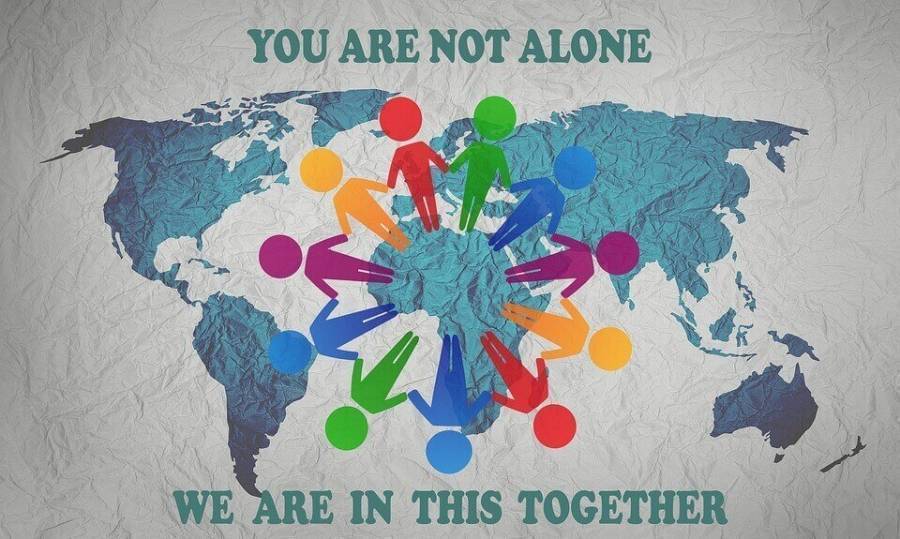
Collaboration to share Vaccine technology & licensed production was also made, along with the initiative to share information on logistics, storage & transportation facilities for equitable vaccine distribution. WHO, UNICEF & the World Bank deserve accolades for their contribution to making the situation less painful for the people.
However, some dark examples of self-centeredness in the form of “vaccine nationalism” also emerged during this era, where different nations and regional blocks did their best to ensure monopoly over the available vaccines & medicines. The rich & powerful nations procured billions of doses of COVID-19 vaccines for themselves, while the poor & developing nations were found struggling to access supply & provide sufficient doses for their own citizens.
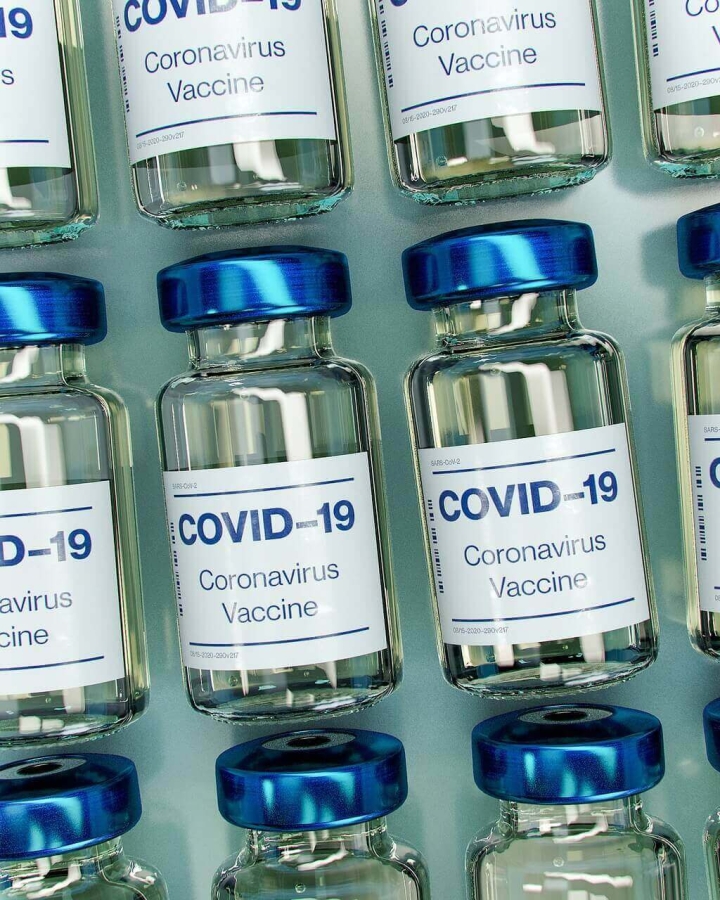
Also, member states didn’t always allow international bodies like WHO to examine their internal affairs to scrutinize their contested national data or to study the spread of infection in their countries. Some nations were also slow to support the WHO-organized common vaccine development program & some others directly refused to join.
With the first half of 2024 already gone, we find the entire world once again very much divided on political & religious issues, with the thought that the human race was faced with one of the greatest threats in recent times by a health crisis, almost slipping off from everybody’s mind.
When COVID-19 struck the world in the 21st century, the consensus was that the human species had evolved sufficiently to act logically & would follow strictly the advice of social distancing, wearing masks & getting themselves tested for the virus, if suspicious symptoms arose (as advised by the health experts). However, how wrong we were!
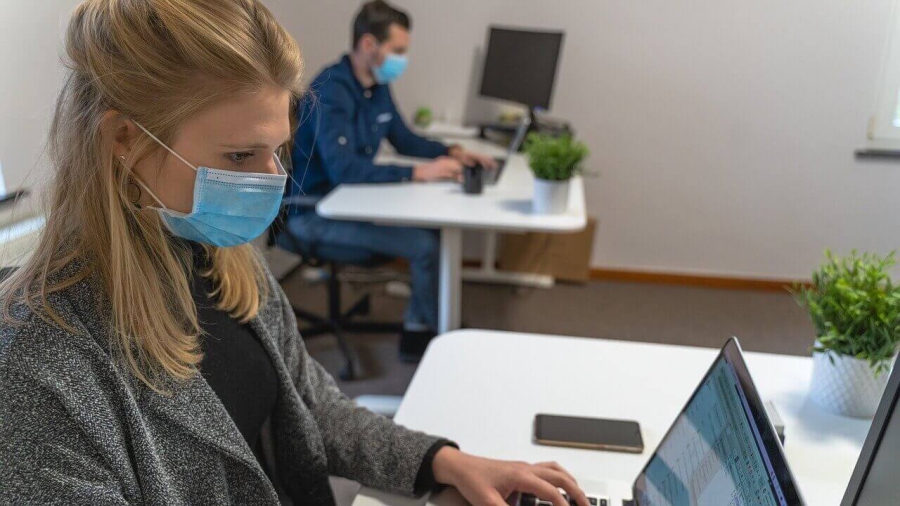
Many people refused to comply with the simplest of guidance issued by the health authorities, deciding that following the steps mentioned above was an infringement on their liberty. Some others believed that even if they contracted the disease, they were strong enough to recover without any adverse consequences.
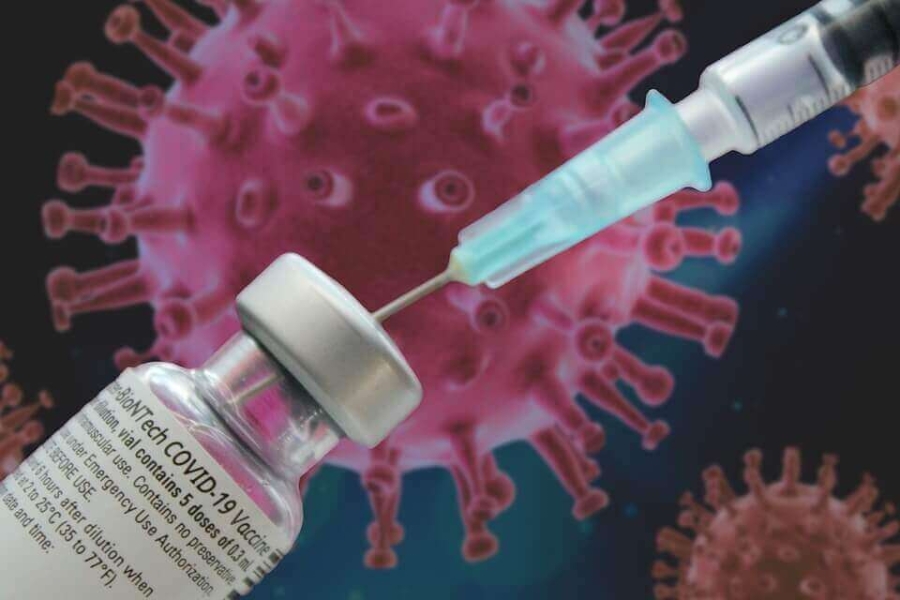
Then there were some extreme radical believers, who thought that the entire COVID-19 pandemic was a hoax or a conspiracy theory with a high level of government involvement.
Not surprisingly, all this irrational thinking caused serious problems, not for just the people who believed in them, but also for those who were unfortunate enough to come in close contact with them and the tragedy increased manifold.
Unfortunately, those with the said mentality, who did come out unhurt from the pandemic don’t appear to have changed their outlook & for those who didn’t survive to tell their aspect of the story – about their feelings, we will never know.
The true death toll due to COVID-19 Pandemic remains debatable as in many countries the governments were accused of hiding the true numbers, to cover their inefficiency during the pandemic. However, the World Health Organization estimates that the pandemic has caused around 15 million deaths worldwide. Unfortunately, with time & with new data coming in there is a very good possibility that the number may increase.
COVID-19 Pandemic pushed millions of people into extreme poverty, GDP declined globally & Trillions of Dollars of economic output were lost. Although the economy has recovered since then & growth observed but still some finer points need introspection. Businesses faced financial challenges, with many smaller ones closing permanently. Cost-cutting measures including layoffs disrupted the life of many workers permanently. Did time heal the wounds of all of them, perhaps not.
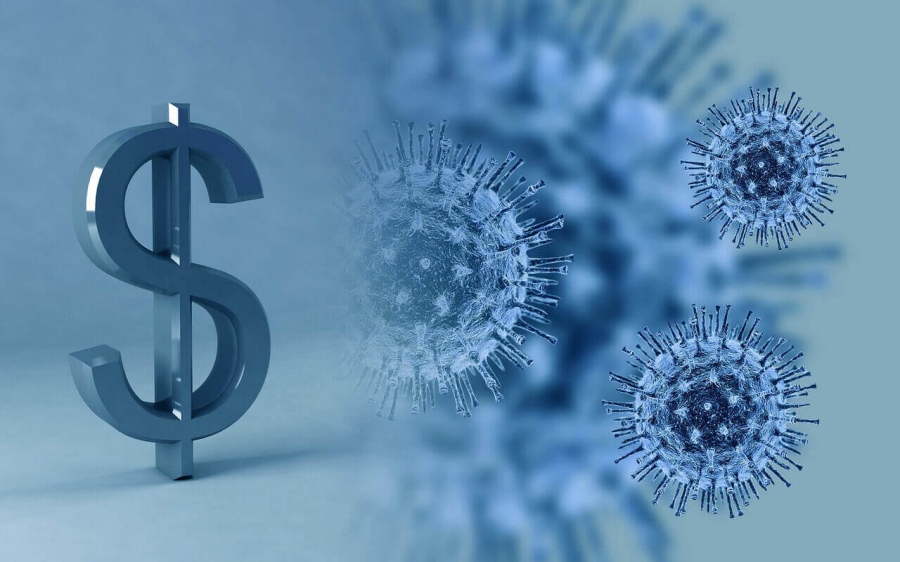
As earlier mentioned, the threat of COVID-19 isn’t gone yet, but those who have seen & experienced the grim scenario themselves, seem to act as if the pandemic may have happened a century back. Hardly seen is the maturity & experience that one expects from a generation, which has seen people dying in the streets. The collective amnesia & severe lapse in judgment is an error, that humanity can’t afford.
Despite the tremendous progress made in the 21st century by the world as a whole, to tackle medical health emergencies, the healthcare infrastructure all across the world was severely tested during the Pandemic. It was not just the less developed countries, where health facilities were in an unsatisfactory condition were overwhelmed but, in many cases, even developed countries with sophisticated infrastructure and efficient sanitation were brought to their knees.
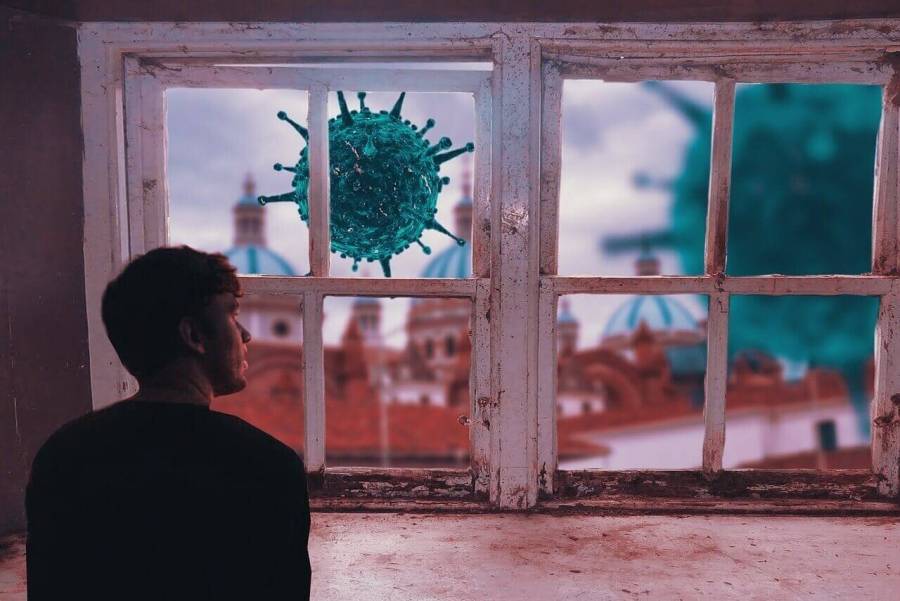
Covid 19 Pandemic explained to us, that our idea of invincibility which stemmed from knowing that help is just a step away in a globalized world, stands on a fragile foundation. The pandemic not only exposed the stark differences between the rich & the poor countries but increased them further. Even in the same countries, the rich & well-connected had a much better chance of survival than the poor.
As health insurance costs shoot up with each passing year, and good quality universal health care remains a distant dream in many nations across the world, more and more people are left on their own to save themselves & their kin in a crisis period, and a COVID-19 Pandemic like situation will continue to remind them of their weakness, in a fast-moving world, that stops for nobody.
Most people will argue, that we all have learned lots of lessons from the COVID-19 pandemic. The challenges brought on by the COVID-19 pandemic caused an evolution in lifestyle in all aspects around us. Governments have improved healthcare infrastructure & international organizations are prepared now more than ever to face a similar crisis in the future.
Workplace safety protocols have improved, with sanitization standards better than ever, and with better health monitoring facilities for the employees. With offices now used to the concept of remote work (work from home), E-commerce, online services & digital transformation all around we are much better equipped to face a similar crisis if it again arises in the future.
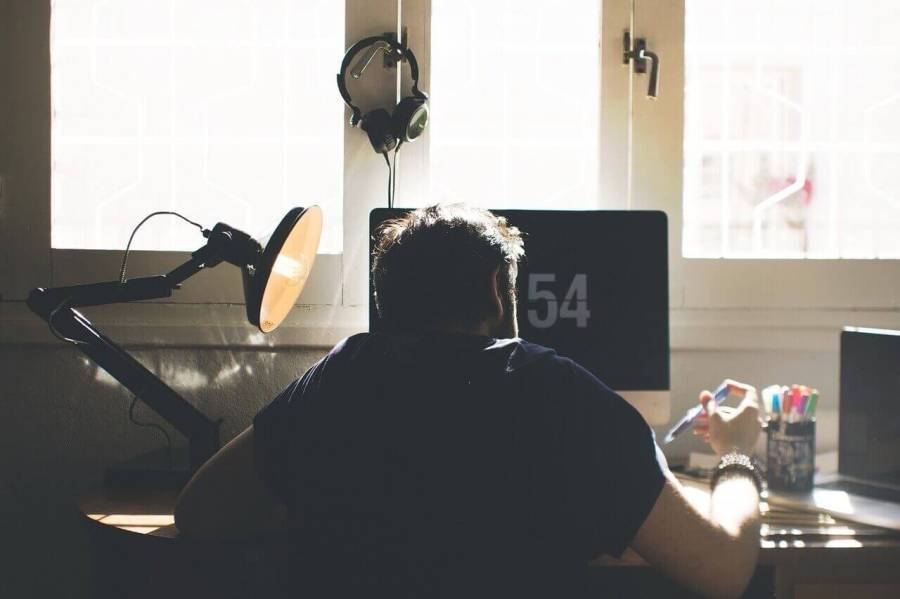
While all those observations are certainly true to a great extent, however just focusing on them would be turning a blind eye on the other side of the coin. There are many inherent gaps in all the supportive structures built that can seriously cause problems if any similar health crisis threatens us again in the future.
The History of Epidemics and Pandemics is very old and the most important thing that we learn from it is that nature will continue to surprise & sometimes even shock us, as such extreme health crises are much commoner than anticipated. According to a scientific study, a pandemic similar in scale to COVID-19 can again recur within a period of 59 years.
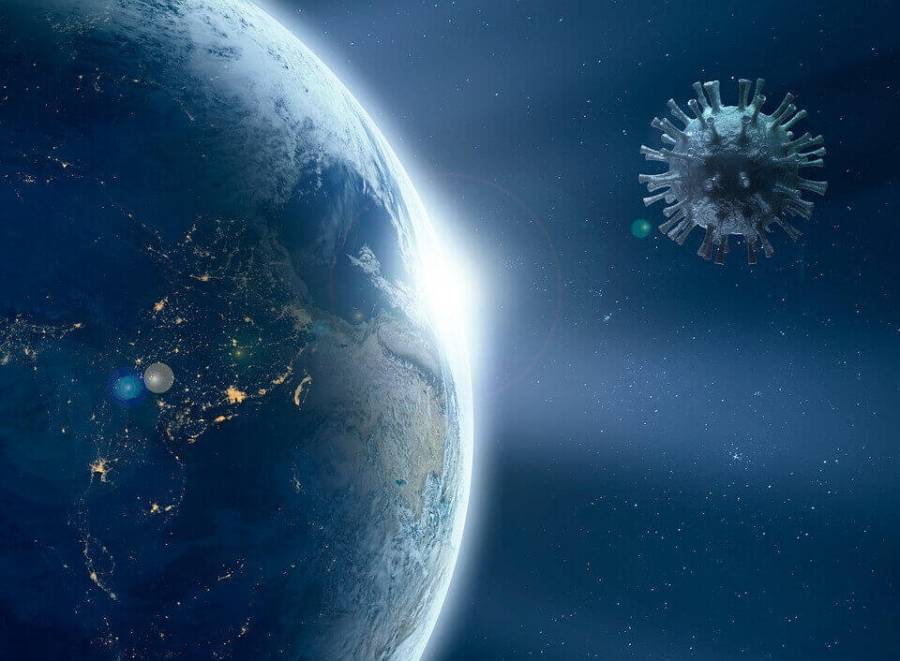
Above we discussed how different governments, organizations & diverse population groups came together to formulate better preventive & control measures for COVID-19. However, the degree to which low- & middle-income countries have asked for help from the richer nations, has caused severe resentment in many sections of those richer nations.
On the other side, the poor nations have not yet forgotten how the rich nations had purchased & hoarded billions of vaccine doses for themselves, during the Pandemic while the weak & poor nations were struggling to vaccinate their citizens. Additionally, rapidly changing global political scenario & increasing geopolitical tensions, can destabilize any hope for closer collaboration in the future.
Again, it can’t be ignored that every crisis brings its own opportunity, & COVID-19 Pandemic was certainly beneficial to many pharmaceutical companies involved in the production of vaccines & associated medications. The private healthcare sector was severely criticized for its various acts of omission & commission during the pandemic & the resultant conflict, with trust lost that won’t be recovered anytime soon. Although many pharmaceutical companies have taken the welcome step to open branches in less developed nations to show their commitment to serving mankind in any future emergencies.
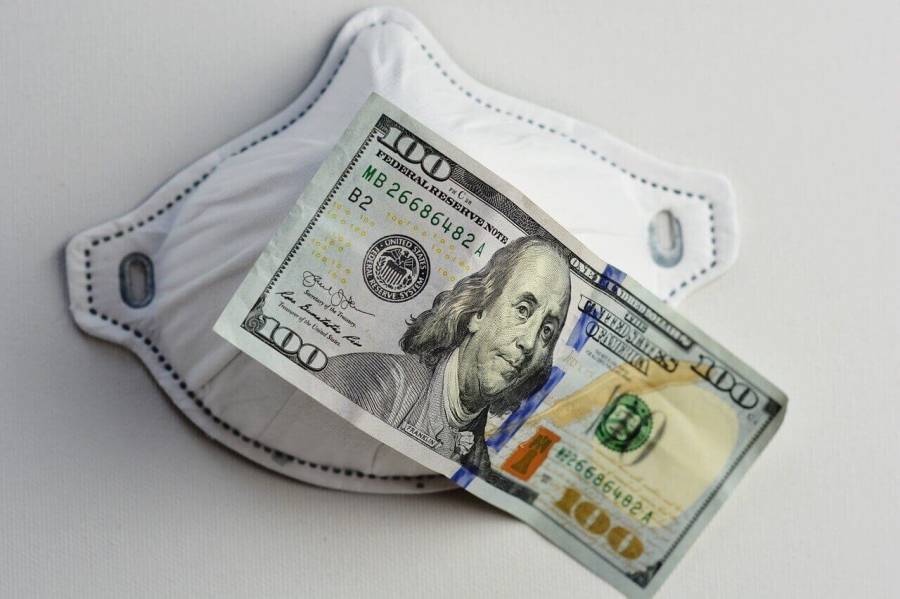
Many risk factors for the spread of the Pandemic are greater now than anytime earlier in history. The global population is ever-increasing, they are living more densely than ever, and human mobility is at an all-time high. This compounded with increasing livestock farming & poor regulation of the health conditions of the animals concerned, has led to an increased risk of zoonotic diseases, where pathogenic germs pass from animals to humans.
As observed in our discussion above, we discover that human errors in scientific institutions, a lack of political commitment & blame shifting, and bureaucratic lethargy are problematic issues that will not be completely resolved anytime soon, with some parts of the world being more vulnerable than others, in this respect. That brings us to the most important part of minimizing the damage to the local & global communities by timely limiting the spread of the contagion, which can be best done by putting in place an effective early warning & management system.
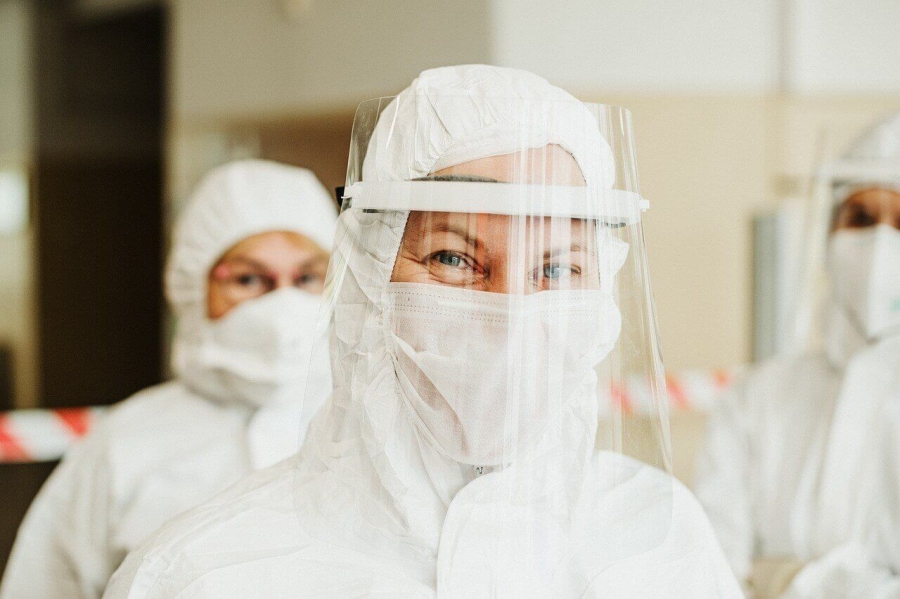
However, the main question that arises here is, would a worldwide surveillance system improve sufficiently in the future to prevent a COVID-19-like pandemic again? Because in this pandemic, their inadequacies were exposed, as can be seen by the inability to detect & control the pandemic in time, which contributed greatly to its spread.
For much of human history, our race has been plagued by infectious diseases, and every time we have recovered, the next pandemic has been a question of when rather than if. For better or worse, the human race is so good at moving on to the next things that quite often we forget the most important lessons, that we learn only at the time of crisis. And this is what we find in front of us – a collective global amnesia of all the tragic memories that we as a species faced.
Lessons of the COVID-19 Pandemic haven’t been necessarily grasped by all people, human agencies, or different governments. Even those who choose to keep a clear heart would discover in a crisis that good intentions don’t always translate to good actions on the ground. When the COVID-19 Pandemic hit, the only recourse left to the ordinary people was praying to God, and if a similar crisis hits again in the near future, the situation may not be much different, if we all don’t learn from our past mistakes & correct them.

If the world faces a similar pandemic or a health crisis again in the future, there is a very good chance that there may be a serious failure of international cooperation (depending upon the prevailing geopolitical situation of the time) leading to weakened monitoring and remedial procedures. If that happens, the resultant economic & social damage would be catastrophic.
The only way to prevent this would be to put into practice, not primarily the lofty lessons from the COVID-19 pandemic, written by erudite scholars in research publications, but to discover the deep essence of humanity present within all of us, that guides us to do the right thing. But would that be possible? Only time will tell.
